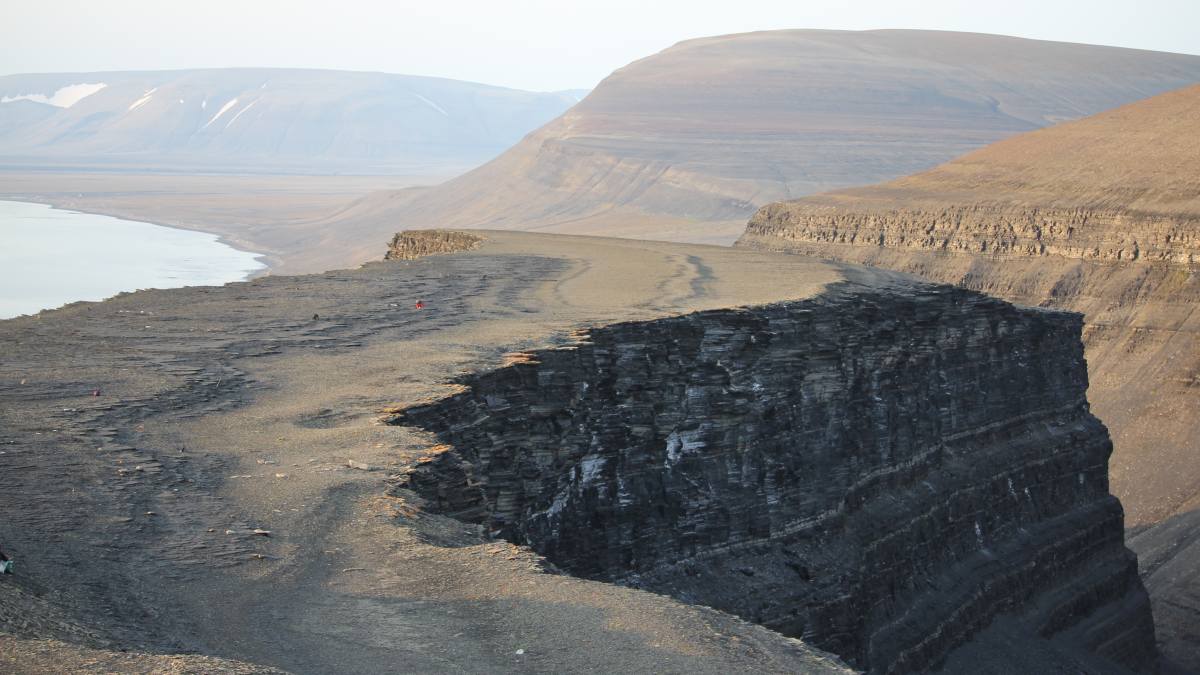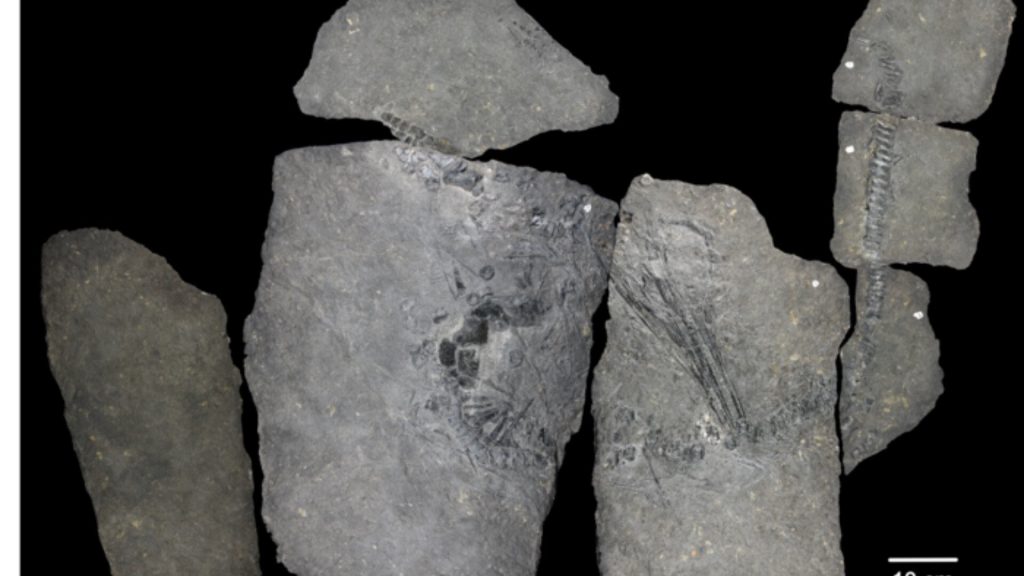Scientists made a fascinating discovery in 2008 when they found the fossil of an unknown ancient sea creature in Edgeya, Svalbard. However, because the fossil was completely trapped in rocks, it posed a challenge for study and sparked debates about its identity.

Researchers after years of examination and using some advanced X-ray techniques have been able to obtain valuable information about the creature’s skull and teeth. Based on their findings, they identified the remains as belonging to the ichthyosaur species called Phalarodon atavus.

This species thrived approximately 240 million years ago, during a time when Svalbard was mostly submerged under water. After its death, the creature sank to the ocean floor and was eventually buried in mud, which over time compressed it into a flattened state due to the weight of the mud.
The authors emphasize the significance of using radiographic imaging to study fossils of marine reptiles that are compressed and trapped in shale rock. These particular fossils were retrieved from the Middle Triassic Botneheia Formation in Svalbard, Norway.
“X-ray techniques can be very effective for investigating well-preserved fossil remains, but the utility of these techniques often depends on how fossils are preserved, which varies from site to site,” noted the official statement. Remarkably, some parts of the ancient creature were found intact in shale rock, which helped to settle the debate.

Furthermore, the team examined the minerals present in the fossils from this formation, uncovering various types of sulfate minerals, including sulfate baryte. These minerals offer high X-ray contrast, enabling high-quality radiographic imaging of the fossils.
The team’s official statement indicates that little is known about these mineral formations, which are likely associated with ancient volcanic activity.
“Thus, this study not only demonstrates the utility of X-ray techniques for studying these fossils but also identifies conditions that can form fossils well-suited for these techniques, in Svalbard and potentially elsewhere,” the team states. The authors further add: “The rocks from Svalbard are full of flattened marine reptiles. Our discovery of the exceptional X-Ray contrast means that we can learn much more about these ancient predators than we previously thought.”
The findings of the study were recently published in the journal PLOS ONE, led by Victoria S. Engelschin and her colleagues from the University of Oslo.


